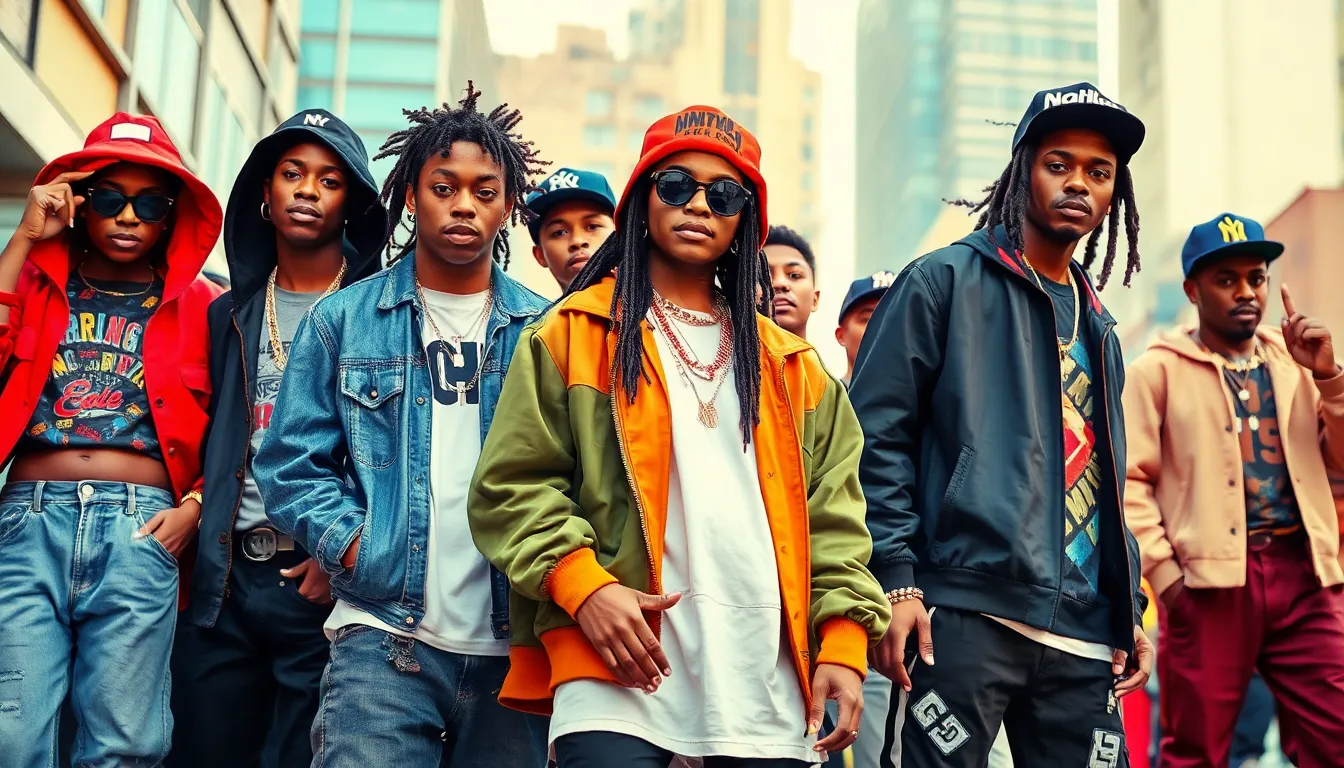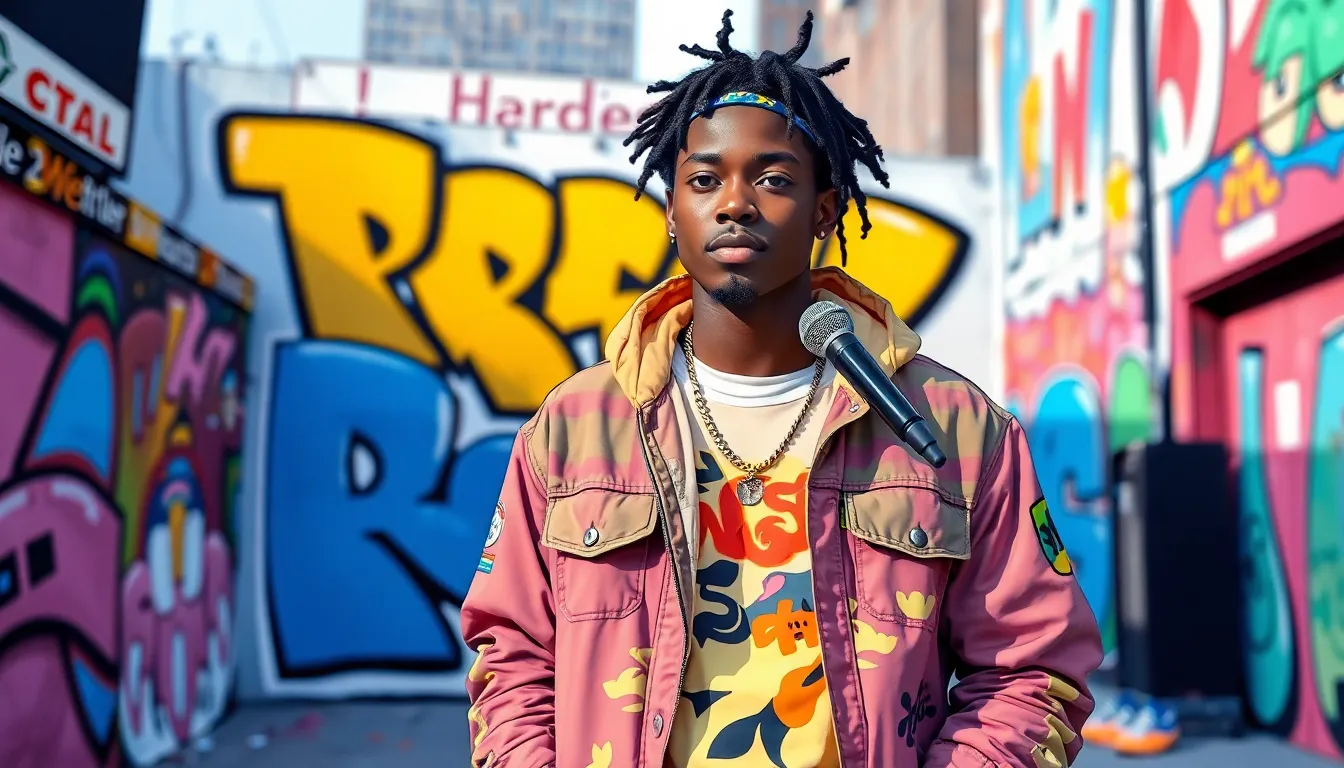Table of Contents
ToggleHip-hop isn’t just music; it’s a vibrant culture that’s constantly evolving. As new artists rise and fresh sounds emerge, the genre keeps surprising fans with innovative trends that redefine the scene. From catchy beats to thought-provoking lyrics, hip-hop reflects the pulse of society, and staying updated is essential for any true aficionado.
Overview of Emerging Hip-Hop Trends
Emerging trends in hip-hop reflect the genre’s innovative spirit. New artists continually push boundaries, blending different sounds and styles. Collaboration is common among musicians, creating unique tracks that capture diverse influences. Increasingly, genres like trap, drill, and lo-fi hip-hop gain popularity, expanding the sonic landscape.
Streaming platforms play a vital role in promoting emerging trends. They facilitate access to global audiences, allowing artists to reach fans beyond borders. Data shows that over 60 percent of hip-hop listeners prefer discovering new music through these platforms. As a result, regional sounds influence mainstream success, with artists like Bad Bunny and JID helping to bridge cultural gaps.
Social media also shapes the way fans interact with hip-hop. Platforms such as TikTok foster viral challenges, impacting song popularity overnight. It’s common for tracks to gain traction through dance challenges, boosting overall engagement. Artists who embrace these dynamics often find increased visibility and commercial success.
Furthermore, fashion continues to intertwine with hip-hop culture. Influencers and artists alike generate trends that extend beyond music into everyday style. High-profile collaborations with clothing brands enhance brand loyalty, especially among younger demographics. This crossover benefits both the fashion industry and hip-hop artists, contributing to a thriving cultural ecosystem.
Finally, lyrical content increasingly addresses social issues, showcasing hip-hop as a voice for change. Artists focus on topics like mental health, racial inequality, and climate change, prompting deeper conversations within the community. This shift underscores hip-hop’s role in reflecting societal challenges while resonating with listeners on a personal level.
Influential Artists Shaping the Scene

Innovative artists are redefining hip-hop through unique styles and powerful messages. These new voices resonate with audiences, steering the genre into uncharted territories.
New Voices in Hip-Hop
Innovative talent brings fresh perspectives, invigorating the scene. Artists like Ice Spice and Central Cee command attention with their catchy hooks and relatable themes. Their ability to connect through personal experiences captivates diverse listeners. Young performers are not only utilizing their platforms for self-expression but also addressing relevant social issues. As a result, they inspire change while fostering a sense of community. Each new release from these artists serves as a reminder of hip-hop’s evolving narrative and its potential for growth.
Genre Blending and Experimentation
Distinct sounds emerge as artists experiment with various musical styles. Collaborations between hip-hop, rock, and electronic genres are increasingly common. This fusion results in tracks that challenge traditional boundaries, captivating fans across demographics. For instance, artists like Lil Nas X and Post Malone incorporate elements from multiple genres, enriching the overall listening experience. Collaborations further amplify innovation, encouraging creativity and exploration. Each new combination adds depth to the genre, reflecting its adaptability and relevance in a rapidly changing musical landscape.
Impact of Technology on Hip-Hop
Technology profoundly influences hip-hop culture and its evolution. Artists increasingly rely on digital tools to produce music, enhancing creativity and diversity in sound.
Streaming Platforms and Accessibility
Streaming platforms revolutionize how audiences access hip-hop music. Services like Spotify and Apple Music provide artists a chance to reach global listeners. Data shows over 60% of music consumption happens through streaming, highlighting its importance. Local and regional artists gain visibility, breaking geographic barriers. Many up-and-coming talents find platforms that allow them to showcase their work without the constraints of traditional record labels. This accessibility fosters an inclusive environment for diverse voices.
Social Media’s Role in Promotion
Social media platforms significantly shape hip-hop promotion strategies. TikTok drives song virality, allowing clips to reach millions quickly. Many artists create music challenges that encourage user participation, creating engagement around their tracks. Twitter and Instagram become essential for musicians to connect with fans directly. Statistics indicate that artist engagement on social media increases streams by up to 30%. Viral trends often lead to mainstream success, demonstrating the impact of digital interaction on hip-hop’s growth.
Cultural Significance of Emerging Trends
Emerging trends in hip-hop carry significant cultural weight, reflecting societal shifts and amplifying diverse voices.
Reflection of Social Issues
Hip-hop serves as a platform for artists to address pressing social issues. They use lyrics to highlight systemic inequalities, mental health struggles, and personal narratives. Through authentic storytelling, listeners connect deeply with the experiences portrayed, fostering empathy and understanding. The genre’s capacity to engage with topics like racism, police brutality, and economic hardship resonates strongly within communities. Artists like J. Cole and Kendrick Lamar exemplify how music can spark conversations and drive social change. These reflections not only entertain but also inspire movements focused on justice and awareness.
Globalization of Hip-Hop
Globalization plays a crucial role in shaping contemporary hip-hop trends. Artists from diverse backgrounds infuse local sounds into the genre, creating a rich tapestry of styles. Collaborations between U.S. artists and international musicians expand hip-hop’s influence worldwide. This cross-cultural exchange leads to unique innovations, blending elements of traditional music with hip-hop beats. Streaming platforms facilitate access, allowing global audiences to discover artists from different regions. Statistics show a 50% increase in international artist collaborations in the last year, highlighting hip-hop’s evolution as a global phenomenon. These trends reflect not just musical diversity but a shared cultural experience that transcends boundaries.
Emerging trends in hip-hop illustrate the genre’s vibrant evolution and its ability to adapt to the ever-changing cultural landscape. As new artists rise and innovative sounds blend, hip-hop continues to captivate audiences worldwide. The influence of technology and social media can’t be overstated, as they empower artists to connect with fans and share their messages like never before.
This dynamic genre not only entertains but also serves as a powerful platform for social commentary and cultural expression. As hip-hop embraces globalization and fosters collaboration, it remains a crucial voice for diverse communities. The future of hip-hop is bright and full of potential, promising to inspire and challenge listeners for years to come.




